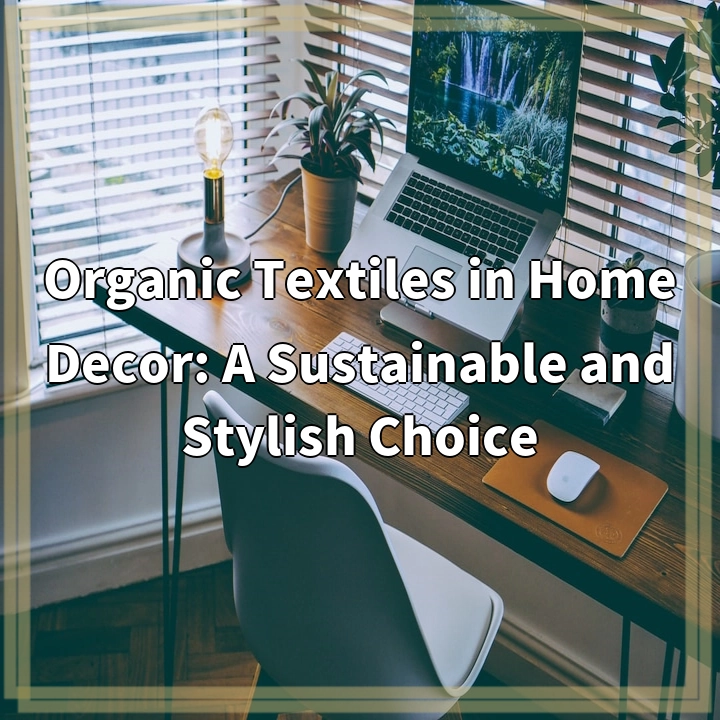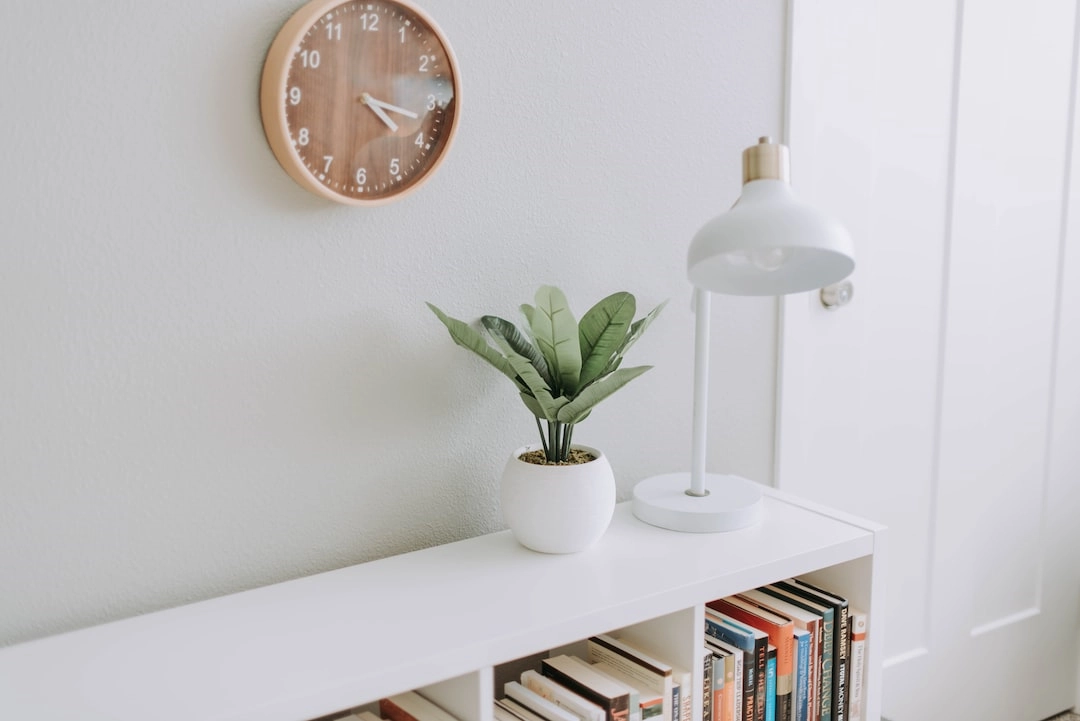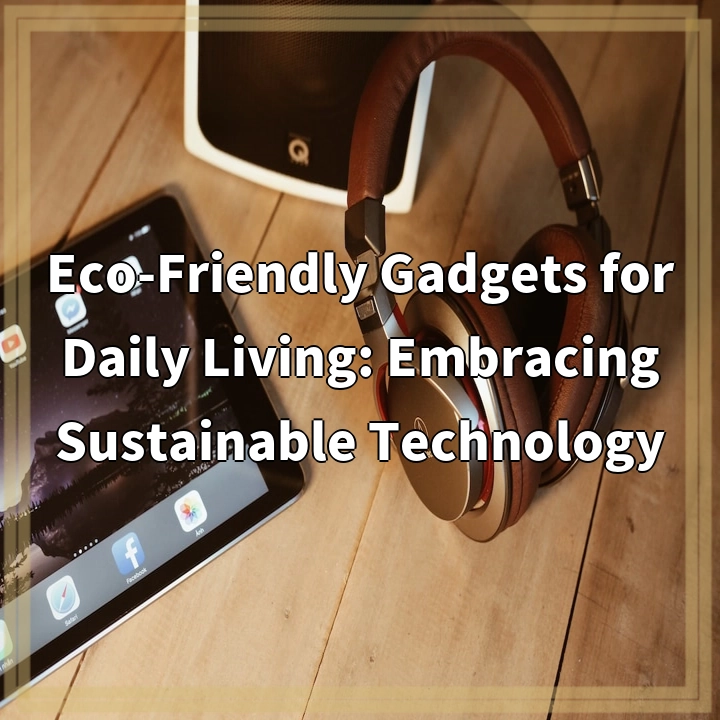
What is Organic Textiles in Home Decor?
Organic textiles in home decor refers to the use of sustainable and eco-friendly materials in furnishing and decorating our living spaces. These textiles are made from natural fibers and are produced without the use of harmful chemicals or synthetic materials. Organic textiles in home decor prioritize environmental sustainability and ethical sourcing, offering a healthier and more conscious choice for interior design.
Real-World Problems Associated with Organic Textiles in Home Decor
1. Limited Availability
One of the challenges with organic textiles in home decor is their limited availability. Compared to conventional textiles, the supply of organic options is relatively smaller. This can make it more difficult for consumers to find a wide range of organic choices that suit their personal style and preferences.
2. Higher Price Points
Organic textiles often come with a higher price tag compared to conventional options. This is mainly due to the higher costs associated with organic farming practices, such as avoiding synthetic pesticides and investing in sustainable production methods. The higher price point can be a deterrent for some consumers who may have budget constraints.
3. Limited Design Options
While organic textiles offer a sustainable choice, there is a perception that they may lack variety and innovative design options. This can be attributed to the smaller market share and limited investment in organic textile production. However, with increasing consumer demand for sustainable products, more designers and manufacturers are starting to offer trendy and stylish organic textile options.
4. Certification and Transparency
Ensuring the authenticity and credibility of organic textiles can be a challenge. Many companies claim to offer organic products, but without proper certification or transparency, it’s difficult for consumers to verify these claims. The lack of clear standards and labeling regulations can lead to confusion and make it harder for consumers to make informed choices.
5. Recycling and Disposal
The lifecycle of organic textiles, including their recycling and disposal, poses another real-world challenge. While these textiles are generally biodegradable and less harmful to the environment during disposal, improper waste management can still result in negative impacts. Proper education and infrastructure for textile recycling and responsible waste disposal are needed to address this issue.
Despite these challenges, the growing interest and awareness in sustainable living and interior design are driving positive change in the organic textile industry. By supporting and demanding more eco-friendly alternatives, we can contribute to a more sustainable and stylish future for our homes.

Summary: Solutions for Organic Textiles in Home Decor
1. Increasing Availability
Efforts are being made to increase the availability of organic textiles in home decor. More companies and designers are embracing sustainable practices and offering organic options. Supporting and promoting these brands can help expand the availability of organic choices in the market.
2. Affordability and Accessibility
While organic textiles may be pricier, there are initiatives to make them more affordable and accessible. Look for sales, discounts, or alternative brands that offer sustainable textiles at more accessible price points. By prioritizing long-lasting, quality pieces, you can also make your investment in organic home decor more sustainable over time.
3. Design Innovation
The perception of limited design options in organic textiles is changing as more designers and manufacturers focus on creating stylish and trendy sustainable home decor. Keeping an eye out for new collections, collaborations, and innovative brands can help you find organic textiles that match your personal style and design preferences.
4. Ensuring Certification and Transparency
When purchasing organic textiles, it’s important to look for credible certifications such as GOTS (Global Organic Textile Standard) or OEKO-TEX certification. These certifications ensure that the textiles meet the required organic standards. Additionally, supporting brands that prioritize transparency and provide clear information about their sourcing and production processes can help ensure you’re making informed choices.
5. Responsible Disposal and Recycling
To address the issue of textile waste, it’s crucial to embrace responsible disposal and recycling methods. Consider donating or upcycling old textiles rather than throwing them away. If disposal is necessary, look for textile recycling programs in your area that can properly process organic textiles. Proper waste management contributes to a circular economy and reduces the environmental impact of organic textiles.
By advocating for and implementing these solutions, we can overcome the real-world challenges associated with organic textiles in home decor and create a more sustainable and stylish living environment.















